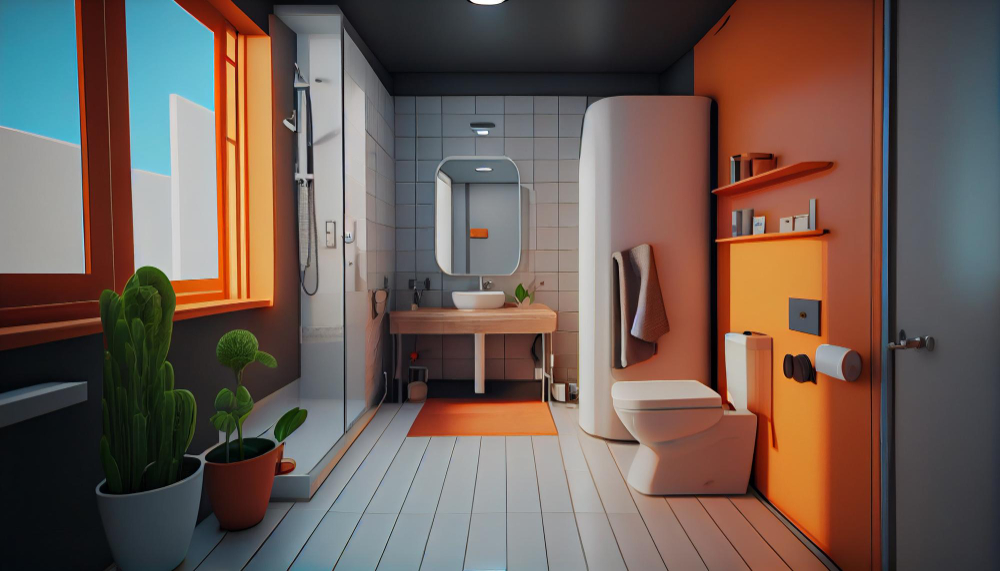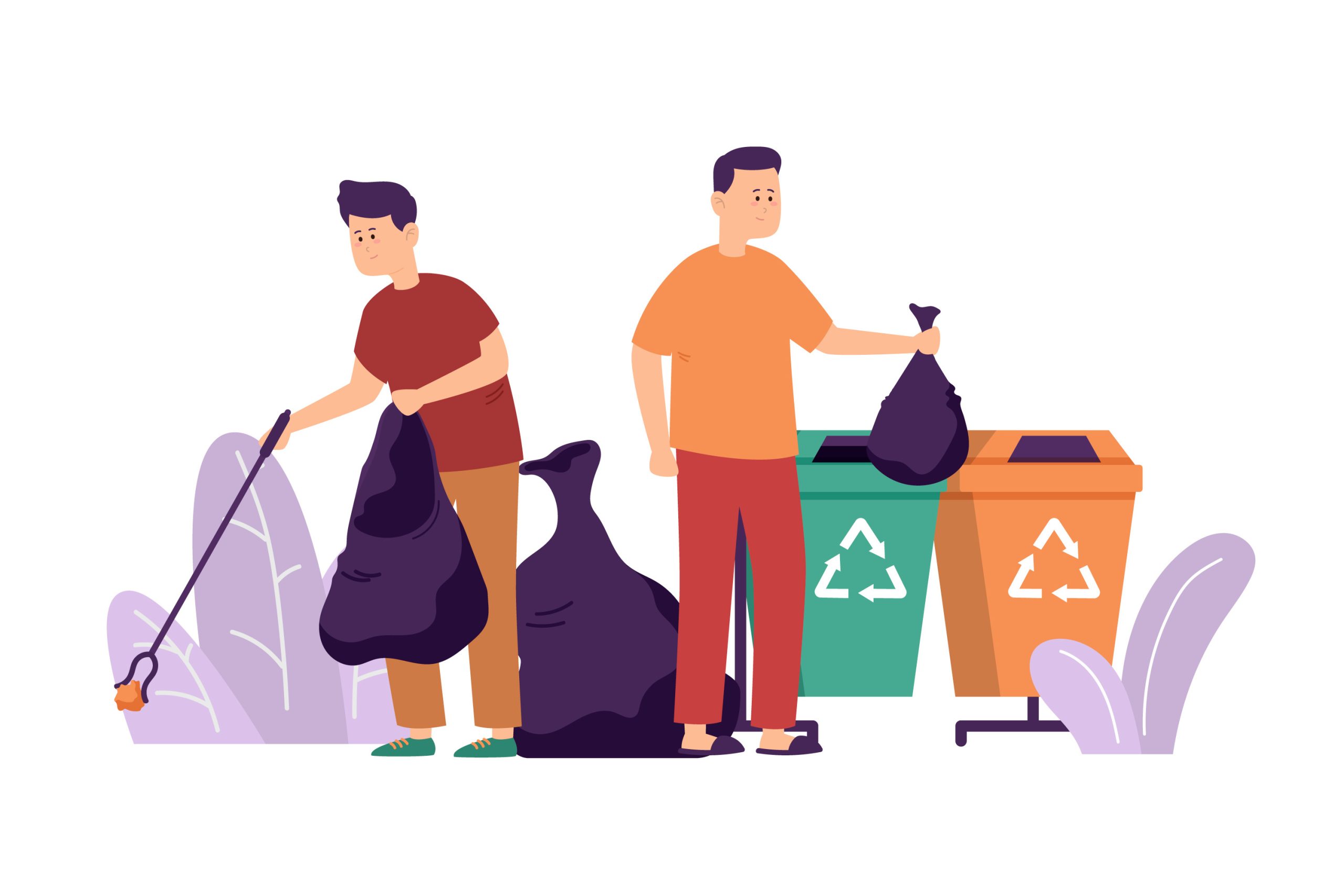The Essential Guide to Effective Cleaning Practices for Every Home Maintaining a clean and organized…
The Essential Guide to Effective Cleaning Practices for Every Home

Maintaining a clean and organized living space often takes a back seat. However, a clean environment is not just aesthetically pleasing but also essential for our health and well-being. From preventing the spread of germs to enhancing mental clarity, the benefits of cleanliness are numerous. In this guide, we’ll explore some essential cleaning practices that everyone should incorporate into their routine for a healthier and happier home.
01. Establish a Cleaning Schedule

Consistency is key when it comes to keeping your home clean. Set aside time each week for cleaning tasks, ensuring that no area is overlooked. Whether it’s a daily quick tidy-up or a weekly deep clean, having a schedule in place helps maintain a sense of order and cleanliness in your home.
The Ultimate Guide to Eco-Friendly Cleaning Practices
The Ultimate Guide to Eco Friendly Cleaning Practices In an era where environmental sustainability is…
02. Declutter Regularly
Before diving into cleaning tasks, take the time to declutter your space. Remove items that are no longer needed or used, and find designated storage solutions for belongings to minimize clutter. A clutter-free environment not only looks better but also makes cleaning more manageable.
03. Prioritize High-Touch Surfaces

Certain areas of your home, such as doorknobs, light switches, and countertops, are hotspots for germs and bacteria. Regularly disinfecting these high-touch surfaces helps prevent the spread of illness and maintains a hygienic environment for your family.
04. Maintain Kitchen and Bathroom Hygiene
The kitchen and bathroom are areas where hygiene is particularly crucial. Clean and disinfect countertops, sinks, toilets, and showers regularly to prevent the buildup of germs and bacteria. Pay special attention to areas prone to moisture, as they can harbor mold and mildew if left unchecked.
Maintain Kitchen Hygiene

The kitchen is the heart of the home, but it’s also a breeding ground for bacteria if not properly maintained. Here’s how to ensure kitchen cleanliness.
- Clean Countertops and Surfaces Daily Wipe down countertops, cutting boards, and other food preparation surfaces with a disinfectant cleaner daily. Pay attention to spills and crumbs, as they can attract pests and harbor bacteria.
- Sanitize Kitchen Appliances Regularly clean and sanitize kitchen appliances such as microwaves, ovens, and refrigerators, both inside and out. Don’t forget to clean the handles and buttons, as these are frequently touched areas.
- Wash Dishware and Utensils Properly Wash dishes, utensils, and cookware thoroughly with hot, soapy water after each use. Use a dishwasher if available, and ensure it’s loaded correctly to allow for effective cleaning and sanitizing.
- Dispose of Food Waste Promptly Empty the kitchen trash bin regularly to prevent odors and discourage pests. Consider using a compost bin for organic waste to reduce landfill waste and odors.
- Prevent Cross-Contamination Use separate cutting boards and utensils for raw meat, poultry, and seafood to avoid cross-contamination with other foods. Wash your hands thoroughly after handling raw meat, eggs, or other potentially hazardous foods.
Maintain Bathroom Hygiene

The bathroom is another area prone to germs and bacteria due to its humid environment. Here are some tips for maintaining bathroom cleanliness.
- Clean and Disinfect Surfaces Frequently Wipe down bathroom surfaces such as sinks, countertops, and toilets with a disinfectant cleaner regularly. Pay special attention to areas prone to mold and mildew, such as shower walls and grout lines.
- Ventilate Properly Use exhaust fans or open windows to ventilate the bathroom and reduce moisture levels, which can promote mold growth. Hang towels and bath mats to dry completely between uses to prevent mildew buildup.
- Clean Shower and Tub Regularly Scrub the shower and bathtub regularly to remove soap scum, mineral deposits, and mildew. Use a mildew-resistant shower curtain or liner, and wash it periodically to prevent mold growth.
- Maintain Toilet Hygiene Clean and disinfect the toilet bowl, seat, and exterior regularly to prevent the spread of germs. Use a toilet brush and cleaner to scrub away stains and buildup inside the bowl.
- Organize Toiletries and Cleaning Supplies Keep toiletries and cleaning supplies organized and stored away when not in use to maintain a clutter-free and hygienic bathroom.
Dispose of empty containers and expired products to free up space and prevent clutter.
05. Dispose of Trash Properly

Empty trash bins regularly to prevent unpleasant odors and the attraction of pests. Use liners to make disposal cleaner and more convenient, and ensure that bins are securely sealed to prevent leaks and spills.
In conclusion, maintaining a clean and hygienic living environment requires dedication and consistency. By incorporating these essential cleaning practices into your routine, you can create a healthier and more comfortable home for yourself and your loved ones.
The Essential Guide to Effective Cleaning Practices for Every Home
The Essential Guide to Effective Cleaning Practices for Every Home Maintaining a clean and organized…
The Ultimate Guide to Eco-Friendly Cleaning Practices
The Ultimate Guide to Eco Friendly Cleaning Practices In an era where environmental sustainability is…
